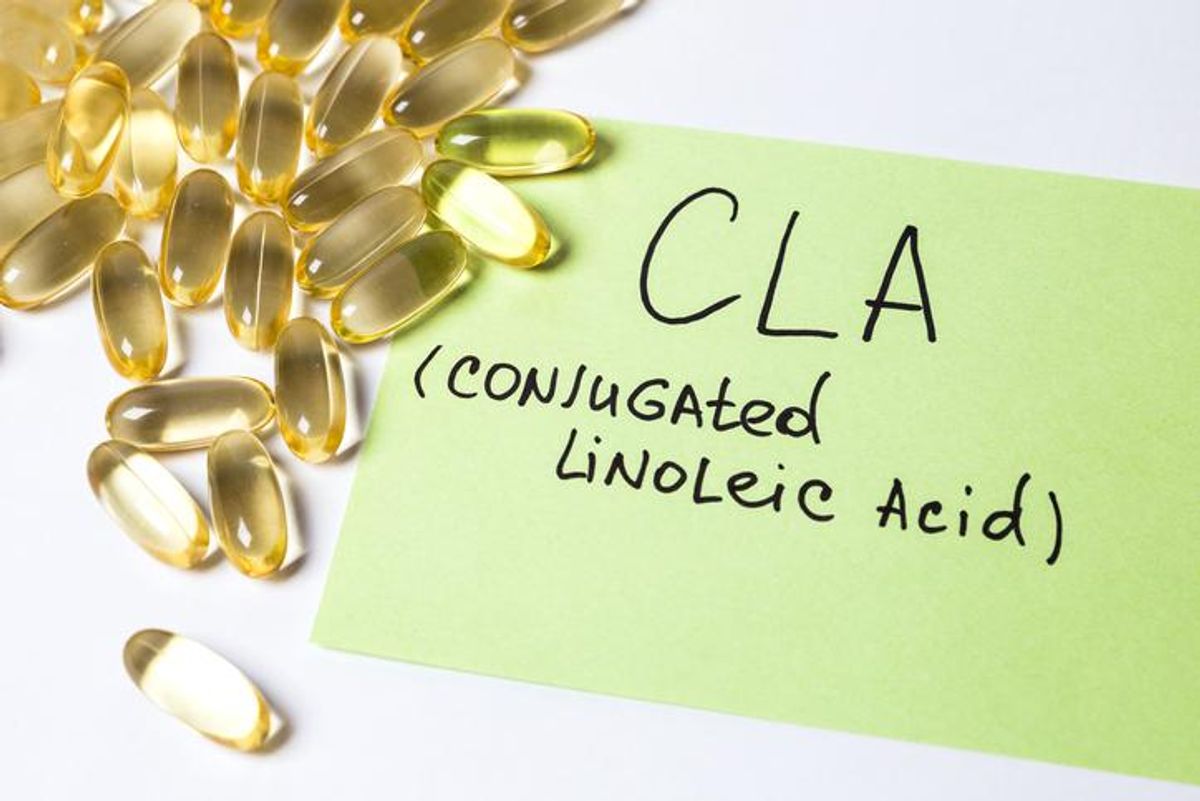Is conjugated linoleic acid good for skin?
Skin is a sensitive organ and requires proper care and nourishment. Nowadays, the market is flooded with skincare products claiming to resolve all your concerns. However, these products are often expensive and may even lead to serious side effects.
So how can one take care of his skin? Fortunately, there are many natural products available as well that can come in handy with gentle ingredients Conjugated linoleic acid powder is one such naturally occurring chemical extracted from safflower seed oil that has the potential to transform your skin.
Follow the article below to learn more about conjugated linoleic acid and its potential benefits for your skin.
What is Conjugated Linoleic Acid Powder?
Conjugated Linoleic Acid Powder CLAPowder is mainly based on conjugated linoleic acid from safflower seed oil, and after charge mixture, sterilization, emulsion embedding to form emulsion, and then making powders that are good in dispersion and liquidity by means of spray-drying. Conjugated Linoleic Acid Powder has neutral in taste and smell, and is soluble in cold water. It can be used to achieve the desired conjugated linoleic acid content. It has good solubility in water and is widely used in medical food, dry mixes, baked goods, sauces, solid beverages, etc.
Conjugated Linoleic Acid Glycerides is a very interesting nutritional additive that has been used in large quantities in agriculture and the food industry.

The Role of CLA Conjugated Linoleic Acid in Skincare
CLA has a multifaceted role in skincare. It is a potent antioxidant, protecting the skin from the damaging effects of free radicals.
These unstable molecules can lead to premature skin aging, causing wrinkles, fine lines, and age spots. By neutralizing these free radicals, CLA helps maintain the skin's youthful appearance. (source)
Additionally, CLA is known for its anti-inflammatory properties (source). Inflammation is often the root cause of many skin conditions, such as acne, rosacea, and eczema.
CLA's ability to reduce inflammation makes it a valuable ally in managing these conditions. It can soothe irritated skin, reduce redness, and help promote healing.
Furthermore, CLA supports the skin's moisture barrier, helping to maintain hydration. A healthy moisture barrier is critical for keeping the skin plump and youthful.
It prevents water loss and shields the skin from environmental aggressors. By reinforcing this barrier, CLA ensures the skin remains hydrated, firm, and radiant.

Benefits of conjugated linoleic acid for skin
Conjugated linoleic acid moisturises the skin without weighing it down, it fortifies and protects the skin barrier and thereby fending off UV rays and air pollutants such as smoke and dust, both of which cause free radicle activity, which can result in symptoms of ageing. It also lightens sun tan.
1. Repairs damaged skin barrier: Having sensitive skin or a damaged barrier can be painful, linoleic acid is one of the most essential ingredients to repair skin barrier damage. The topical application of linoleic acid integrates within your cell membrane and becomes a fundamental building block, rebuilding and strengthening your skin.
2. Locks in hydration: Loss of hydration through the skin is called transepidermal water loss, this can lead to dry or dehydrated skin. Linoleic acid, as a precursor of ceramides, key lipid component for barrier repair. These ceramides build and repair your skin’s permeability barrier, preventing water loss and locking moisture to keep your skin hydrated.
3. Soothes reactive skin: In contrast to actives, linoleic acid is a non-irritating, fragrance-free and skin-native ingredient. It helps soothe and calm the irritation in sensitive and dry types of skin, providing essential nutrients to repair skin barrier function and protect you from environmental stressors.
4. Wound healing: Few pieces of research show that the anti-inflammatory function of linoleic acid may have a role in healing and lightening-induced hyperpigmentation.

5. Rebalances oily skin: One reason for oily and acne-prone skin is that your skin might have excessive oleic acid and lack linoleic acid. This deficiency in linoleic acid would lead to thicker and more production in the sebum, leading to clogged pores and blemishes. Using a serum or facial oil with linoleic acid would replenish your natural oil, rebalances your skin’s moisture barrier and regulates sebum production.
6. Essential oil: Linoleic acid is a natural component in your skin cell membrane structure. But since your body does not produce linoleic acid by itself it becomes even more essential to incorporate linoleic acid skincare products into your skincare routine to make your skin barrier healthy.

How to Incorporate CLA Conjugated Linoleic Acid into Your Skincare Routine
Incorporating CLA into your skincare routine is relatively straightforward. Look for skincare products that contain grass-fed tallow (from either cattle, deer, sheep or goats) in their ingredients.
These could include moisturizers, serums, soaps, toners, and even sunscreens.
Apply these products as directed by the manufacturer. Generally, soaps and toners are used first to prepare the skin, followed by serums and moisturizers to nourish and hydrate.
Sunscreens should be applied last to protect the skin from UV damage.
Remember that consistency is key when it comes to skincare. To reap the full benefits of CLA, use your CLA-containing products regularly, as part of your daily skincare routine.

Conclusion
CLA Conjugated Linoleic Acid certainly appears to be a hidden gem in skincare. With its multitude of research- backed benefits, it seems to have the potential to enhance skin health and appearance significantly.
Whether you're looking to fight signs of aging, soothe inflammation, or boost hydration, products that contain CLA-rich ingredients, such as grass-fed tallow, can be a valuable addition to your skincare routine.
However, like any skincare ingredient, it's essential to use it correctly and consistently.
Look for high-quality products containing CLA-rich, grass-fed tallow, follow a comprehensive skincare routine, and always protect your skin from the sun.
RESOURCES
https://www.ncbi.nlm.nih.gov/pmc/articles/PMC2943135/
https://pubmed.ncbi.nlm.nih.gov/12045395/
Send Inquiry
Related Industry Knowledge
- Why Pea Protein Peptide is the Ideal Choice for Your Health and Fitness Goals
- Boosting Health with Corn Protein Peptide: A Nutritional Powerhouse
- Understandng Blue Spirulina: Origins and Benefits
- Collagen Protein Powder: The Peptide Benefits
- Creatine Monohydrate Powder: Best Protein Nutrition
- Luteolin vs Quercetin
- how to use beetroot powder for skin whitening
- Does chaga powder help brain function?
- Benefits of baobab powder for skin


